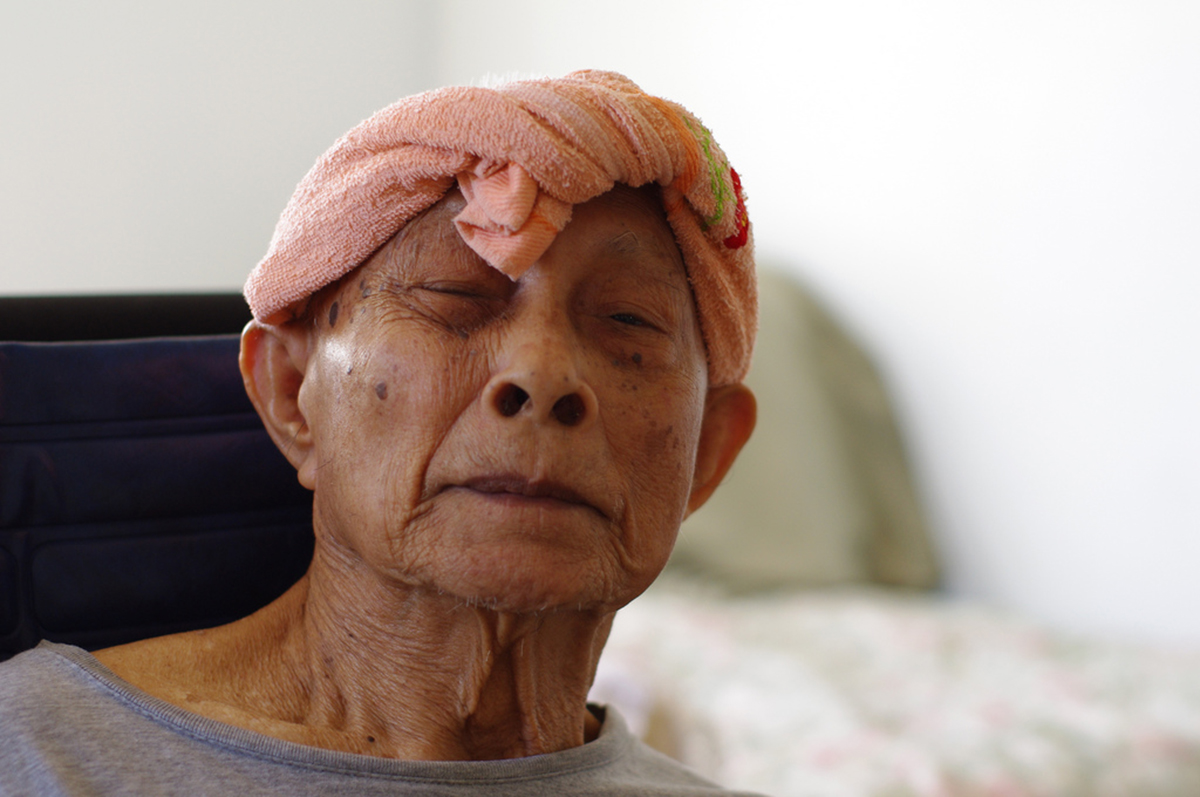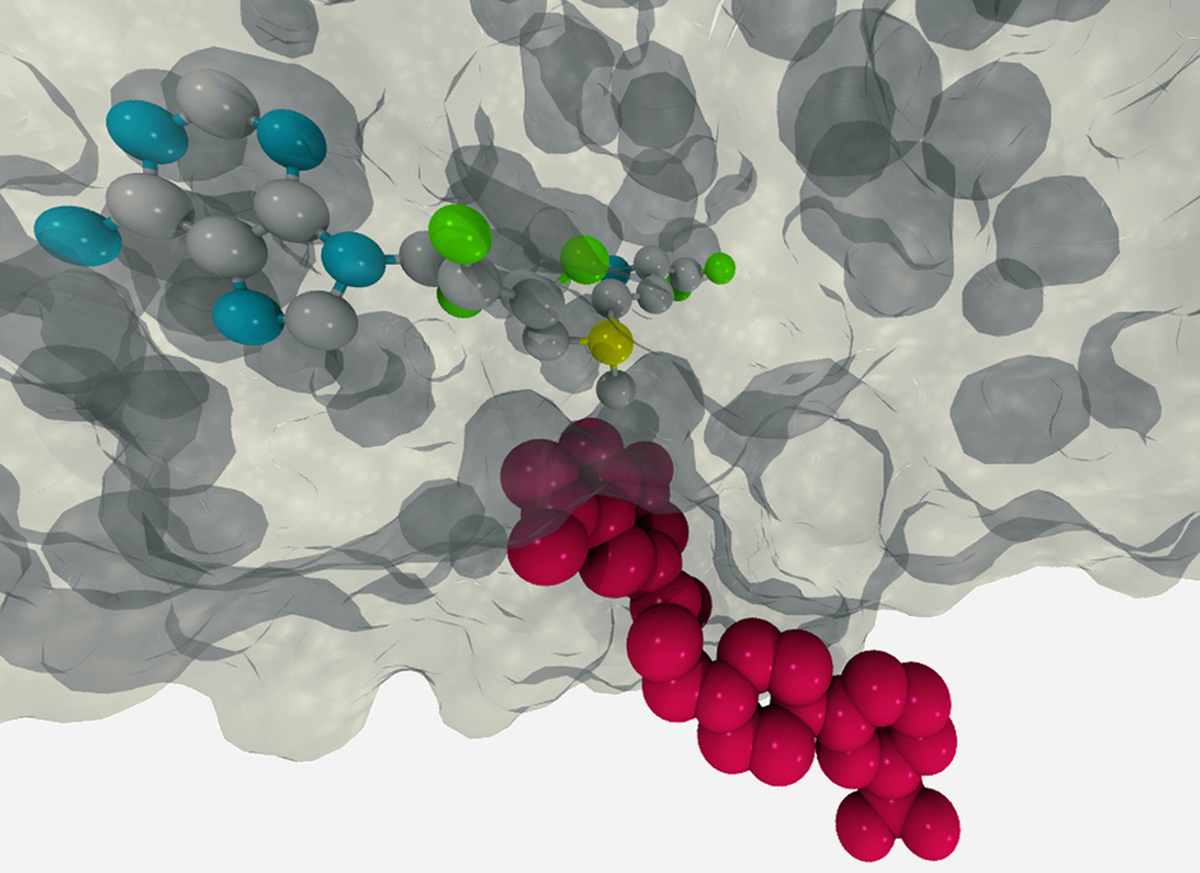Like with all other neurodegenerative disorders, the Parkinson’s disease diagnosis spells troubles for both patients and their relatives. The disease is caused by the degeneration of certain cells in the brain that rely on dopamine as a neuromediator. This degeneration results in a gradual development of various movement-related dysfunctions (shaking, rigidity, problems with walking and gaits etc.) which can further be complemented by dementia, behavioral changes and depression at later stages of the disease.

The patients lose their independence and are no longer as physically active and productive as they would have liked to be. The symptoms of Parkinson’s disease develop over the years, and aging increases the chances of developing this disease. But what is more disconcerting is that managing this disease is extremely challenging.
The Challenges Of Managing Parkinson's Disease
All available treatment methods for Parkinson’s disease are symptomatic, but their efficacy is severely limited, and they hardly work for individuals diagnosed with advanced-stage condition. These are the three groups of medicines commonly prescribed to Parkinson’s disease patients in the various stages of the disease: drugs that increase the level of dopamine, those that work on other neurotransmitters, and those that control the non-motor symptoms of the disease.
Deep brain stimulation is a surgical method to manage the disease, but not everybody can fulfill the stringent criteria laid down for those who want to undergo the procedure. Parkinson’s disease is a progressive neurodegenerative disorder that is believed to be triggered by a complex interplay of genetic and environmental factors. So researchers are exploring the scope of cell- and gene-based therapies to manage the disease. Some of these therapies have shown promising results, but they are still in the infancy.
The need of the hour is to develop treatment methods that both provide symptomatic relief and also stall the progress of the disease.
The symptoms of Parkinson’s disease are usually triggered by low or failing levels of dopamine, a neurotransmitter. Administration of levodopa (L-dopa) pills or those that increase the levels of dopamine is one of the most effective of all management strategies for the disease right now in practice.
Levodopa has been shown to be effective in managing the symptoms and slowing the progress of Parkinson’s disease during the first few years of administration. However, this drug begins to lose its efficacy after several years of usage. Prolonged use also gives rise to several complications like abnormal or impaired voluntary movements (dyskinesias) and fluctuations in motor functionalities. These complications show up in 50% and 80% of Parkinson’s disease patients after using L-dopa for 5 years and 10 years, respectively.
See Also: What You Wanted To Know About Parkinson's Disease
So it is evident that L-dopa is not the lasting solution for treating the patients with Parkinson’s disease. What is more, this group of drugs works only to enhance dopamine levels. But the symptoms of Parkinson’s disease can be triggered or aggravated by abnormalities in the levels of other neurotransmitters like acetylcholine and glutamate and amino acids like N-methyl-D-aspartate. L-dopa has no action on these neuronal elements.
The Limitations Of The Pharmacological Treatment Methods For Managing Parkinson's Disease
Dopamine agonists are sometimes prescribed, to be administered subcutaneously, in place of or along with L-dopa in lower doses to manage the symptoms of Parkinson’s disease. According to some studies, the incidence of motor fluctuations is significantly less common when dopamine agonist is administered than with L-dopa treatment. However, it has not yet been proved that dopamine agonists exert any disease-modifying effect on patients with Parkinson’s disease. What is more, dopamine agonists may also trigger side effects like nausea, hallucinations, postural hypotension, and lower extremity edema in some elderly patients.

For some time, scientists have been exploring alternative ways of administering L-dopa, intravenously and via a transabdominal port that delivers the drug directly to the duodenum. These methods have shown promising initial results.
According to a study carried out over a 12-month period, the incidence of dyskinesias and motor fluctuations reduced in Parkinson’s disease patients who received enteric administration of L-dopa. However, this method of treatment is still undergoing clinical trials and is usually prescribed to the patients in the advanced stages of the disease who have not shown improvements with the deep brain stimulation method or after administration of subcutaneous administration of dopamine agonists. Moreover, enteral administration of L-dopa presents challenges like clogging and tube dislocation issues.
The Challenges Of Managing The Non-Motor Symptoms Of Parkinson’s Disease
For many years, research into the treatment methods of Parkinson’s disease focused on managing the motor symptoms of the disease. However, late-stage Parkinson’s disease patients generally exhibit more non-motor symptoms than motor abnormalities or impairment. Non-motor symptoms like psychosis, dementia, greater incidence of slips and falls, joint and skeletal deformities, and gastrointestinal and urological disorders are some common non-motor symptoms of advanced-stage Parkinson’s disease. The presence of these symptoms drastically reduces the quality of life of the patient and increases caregiver distress.
There are several pharmacological and non-pharmacological (supportive) treatment options to manage the non-motor symptoms of Parkinson’s disease. Mostly, various treatment methods have to be combined and the overall strategy has to be customized to suit particular cases. For instance, dementia in a late-stage Parkinson’s disease patient may be managed with drugs, but the patient should be referred to a speech therapist to manage the symptom of dysphagia (problem in swallowing). Unfortunately, there is a pitiful lack of data on both the symptoms and the efficacy of various treatment methods. The result is that physicians are often unaware how to manage these symptoms.
Parkinson's disease is a debilitating disorder that slowly robs the life force out of a person. It is disturbing and heart-rending to watch an aged relative struggle with the disease and slowly lose his grip on life. It is imperative that researchers continue to explore treatment methods that can stall this neurodegenerative disorder. Meanwhile, we should keep in mind the sheer helplessness of the sufferer and be patient and compassionate.
See Also: An Ayurvedic Alternative To L-dopa For Some Parkinson's Patients
Many scientists believe that although the therapeutic options are limited at present time, the situation may change very soon. The biochemical mechanism of Parkinson’s disease was scrutinized in great details in recent years, and not we know exactly which pathways must be targeted to achieve the effective treatment. Optimists among researchers believe that effective drugs to treat the disease can be developed in several years.
- Bekris, L. (2010). The Genetics of Parkinson's Disease. Journal of Geriatric Psychiatry and Neurology 23(4). p.228-242
- Bonuccelli, U. & Pavese, N. (2007). Role of dopamine agonists in Parkinson's disease: an update. Expert Review of Neurotherapeutics 7(10). p.1391-1399
- Coelho, M. (2008). Treatment options for non-motor symptoms in late-stage Parkinson's disease. Expert Opinion on Pharmacotherapy 9(4). p.523-535
- Hickey, P. & Stacy, M. (2011). Available and emerging treatments for Parkinson's disease: a review. Drug Design, Development and Therapy 5. p.241-254
- Hindle, J. (2010). Ageing, neurodegeneration and Parkinson's disease. Age and Ageing 39(2). p.156-161
- Sydow, O. (2008). Parkinson's disease: recent development in therapies for advanced disease with a focus on deep brain stimulation (DBS) and duodenal levodopa infusion. The FEBS Journal 275(7). p.1370-1376
- Varanese, S. et al. (2010). Treatment of Advanced Parkinson's Disease. Parkinson's Disease 2010: 480260
- Wood, L. et al. (2010). Clinical review of treatment options for select nonmotor symptoms of Parkinson's disease. The American Journal of Geriatric Pharmacotherapy 8(4). p.294-315.Photo courtesy of Cjalallian via Flickr: www.flickr.com/photos/cjalallian/4395751337
- Photo courtesy of Enzymlogic via Flickr: www.flickr.com/photos/101755654@N08/11877025676


Your thoughts on this